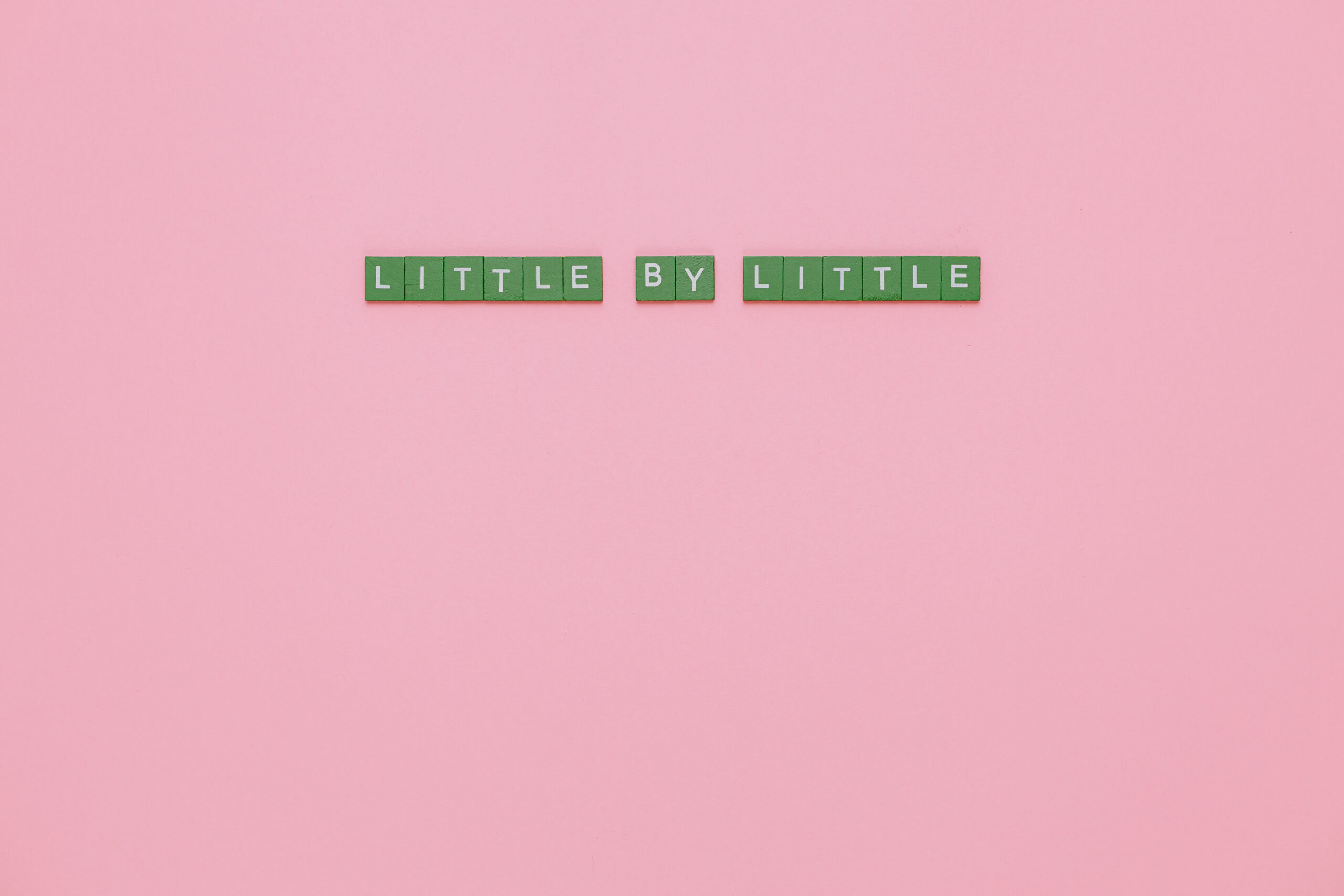So you’re curious about Panchakarma? Well, get ready to embark on a transformative journey for your mind, body, and spirit. This ancient Ayurvedic practice aims to detoxify, rejuvenate, and restore balance to your entire being. With its roots in India, Panchakarma offers a holistic approach to wellness, targeting physical ailments, clearing emotional blockages, and promoting overall health. By combining various therapies, dietary changes, and personalized treatments, Panchakarma has gained popularity for its profound healing effects. So, if you’re ready to explore a traditional practice that has stood the test of time, let’s dive into the world of Panchakarma.

What is Panchakarma?
Panchakarma is an ancient Ayurvedic detoxification and rejuvenation therapy that aims to restore balance and harmony to the body, mind, and spirit. It is a comprehensive treatment that involves a series of natural and holistic techniques to cleanse the body of toxins, eliminate imbalances, and promote overall wellness. The word “Panchakarma” itself means “five actions” in Sanskrit, referring to the five unique therapeutic procedures employed in this treatment.
Benefits of Panchakarma
Panchakarma offers a wide range of benefits to individuals seeking to improve their health and well-being. Here are some of the key advantages of undergoing Panchakarma treatment:
-
Detoxification: Panchakarma is highly effective in eliminating accumulated toxins from the body, which can contribute to various health issues. By removing these impurities, the body’s natural healing mechanisms can function optimally, leading to improved vitality and energy levels.
-
Restoring Balance: Panchakarma aims to harmonize the doshas (Vata, Pitta, and Kapha) within the body. When these doshas are imbalanced, it can lead to physical and mental ailments. Through the use of specific therapies, Panchakarma helps rebalance these doshas, promoting overall health and preventing the onset of diseases.
-
Strengthening the Immune System: Panchakarma treatments support the enhancement of the immune system. By eliminating toxins and restoring balance, the body becomes more resilient and capable of warding off infections and diseases.
-
Improving Digestive Health: Panchakarma therapies address digestive issues such as constipation, bloating, and indigestion. Through techniques like Vamana and Virechana, Panchakarma helps cleanse the gastrointestinal tract, improving digestion and assimilation of nutrients.
-
Relieving Stress and Anxiety: Panchakarma treatments have a deeply relaxing and rejuvenating effect on the mind and nervous system. By eliminating physical and mental toxins, Panchakarma helps reduce stress, anxiety, and promote mental clarity and emotional well-being.
-
Rejuvenating the Body: Panchakarma therapies nourish and rejuvenate the body at a cellular level. They promote the regeneration of healthy tissues, slow down the aging process, and enhance overall vitality and longevity.
Preliminary Steps
Before undergoing Panchakarma treatment, certain preliminary steps need to be taken to ensure the utmost effectiveness and safety of the therapy. These steps include:
-
Consultation with an Ayurvedic Practitioner: It is vital to consult with an experienced Ayurvedic practitioner who will assess your individual constitution, medical history, and specific health concerns. This consultation will help determine the most appropriate Panchakarma treatment plan for you.
-
Preparation Phase: Once the treatment plan is determined, a preparatory phase may be necessary. This phase involves adopting a specific diet, lifestyle modifications, and herbal preparations to enhance the body’s receptivity to the Panchakarma therapies.
-
Duration of Treatment: Panchakarma treatment typically lasts for a period of 7 to 21 days, depending on individual needs and conditions. It is essential to allocate sufficient time for the complete detoxification and rejuvenation process.
Five Basic Techniques of Panchakarma
As mentioned earlier, Panchakarma involves the implementation of five fundamental techniques to cleanse and rejuvenate the body. These techniques are carefully selected based on each individual’s needs and doshic imbalances. Let’s explore each technique in detail:
1. Vamana (Therapeutic Emesis)
Vamana is a therapeutic procedure that involves inducing controlled vomiting to eliminate excess mucus, toxins, and imbalances from the upper respiratory and gastrointestinal tracts. It is primarily used to address conditions associated with an excess of Kapha dosha, such as respiratory disorders, allergies, and skin ailments.
During Vamana, an individual is carefully administered herbal medicines to trigger the emetic response. This helps expel accumulated toxins and restore balance within the body.
2. Virechana (Purgation Therapy)
Virechana is a purgation therapy that focuses on eliminating excess Pitta dosha and toxins from the liver, gallbladder, and intestines. This technique is particularly effective in addressing diseases related to liver dysfunction, digestive disorders, skin disorders, and chronic inflammatory conditions.
In Virechana, herbal laxatives or purgatives are administered to induce bowel movements, facilitating the release of accumulated toxins and restoring digestive health.
3. Basti (Enema Therapy)
Basti is an enema therapy that involves the introduction of medicated oils, herbal decoctions, and other substances into the rectum to eliminate toxins and balance Vata dosha. Basti is highly beneficial for individuals with Vata disorders, such as nervous system issues, constipation, backaches, and arthritis.
By administering enemas, Basti lubricates the colon, strengthens the tissues, and helps eliminate accumulated toxins from the body.
4. Nasya (Nasal Administration)
Nasya involves the administration of herbal oils, powders, or medicated substances through the nasal passages. This technique specifically targets the head and neck region, aiming to eliminate toxins, reduce congestion, and restore balance to the respiratory system.
Nasya is highly beneficial for individuals suffering from sinus congestion, allergies, headaches, and other upper respiratory problems.
5. Rakta Moksha (Bloodletting)
Rakta Moksha is a technique that focuses on purifying the blood by eliminating toxins and impurities associated with Pitta dosha. This therapeutic procedure is often used for conditions such as skin disorders, chronic fever, and certain Pitta-related diseases.
During Rakta Moksha, a small amount of blood is safely extracted from the body by employing various methods like leech therapy or controlled venipuncture.

Conclusion
Panchakarma is a comprehensive and holistic approach to detoxification and rejuvenation that offers numerous benefits for individuals seeking to restore balance and promote overall well-being. Through its five basic techniques, Vamana, Virechana, Basti, Nasya, and Rakta Moksha, Panchakarma addresses imbalances at their root, facilitating the removal of toxins and promoting healing on multiple levels. By adopting Panchakarma into your wellness routine, you can experience improved health, vitality, and longevity. Remember to consult with a qualified Ayurvedic practitioner to determine the most appropriate Panchakarma treatment plan based on your individual needs and conditions.
